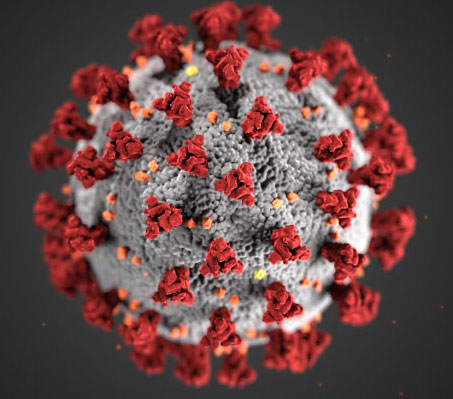Notice: We have no products for sale at
this time.
Fate of Escherichia coli O157:H7
and Salmonella Enteritidis on Currency
The fate of foodborne pathogens Escherichia
coli O157:H7 and Salmonella Enteritidis
on coin surfaces was determined at room temperature
(25°C). A five-strain mixture of E. coli
O157:H7 or Salmonella Enteritidis of
approximately 5 × 104 CFU was applied to
the surfaces of sterile U.S. coins (pennies, nickels,
dimes, and quarters) and to the surfaces of two
control substrata (Teflon and glass coverslips).
During storage at room temperature, E. coli
O157:H7 survived for 7, 9, and 11 days on the surfaces
of pennies, nickels, and dimes and quarters,
respectively. However, the pathogen died off within 4
to 7 days on both the Teflon and glass surfaces. Salmonella
Enteritidis survived for 1, 2, 4, and 9 days on the
surfaces of pennies, nickels, quarters, and dimes,
respectively. Unlike E. coli O157:H7, survival
of Salmonella Enteritidis was greatest on both
Teflon and glass coverslips, with more than 100 cells
per substratum detected at the 17th day of storage.
Results indicate that coins could serve as potential
vehicles for transmitting both E. coli O157:H7
and Salmonella Enteritidis.
Fate of Escherichia coli
O157:H7 and Salmonella Enteritidis on
Currency. XIUPING JIANG and MICHAEL P. DOYLE,
pages 805–807.

What is coronavirus
disease 2019 (COVID-19)? Coronavirus disease 2019
(COVID-19) is a respiratory illness that can spread
from person to person. The virus that causes COVID-19
is a novel coronavirus that was first identified
during an investigation into an outbreak in Wuhan,
China.
|

